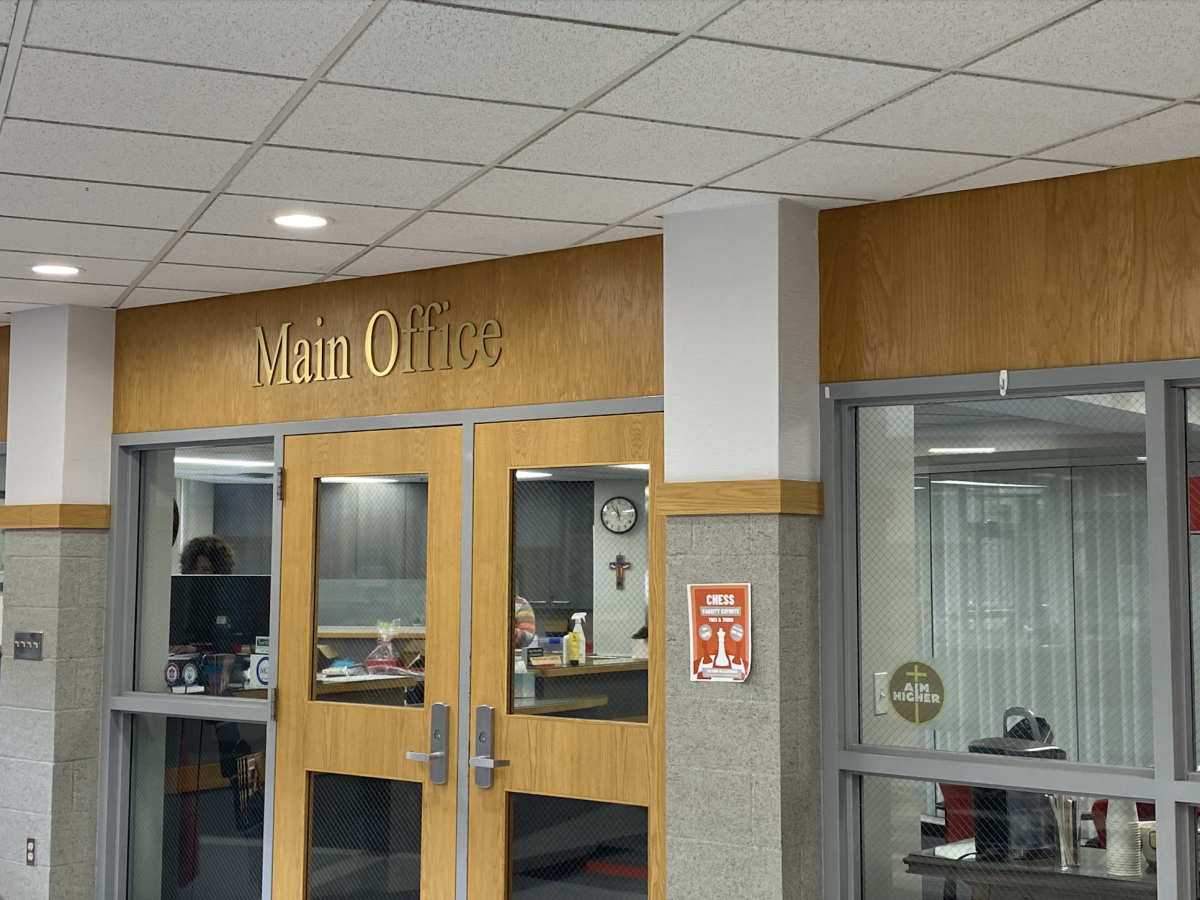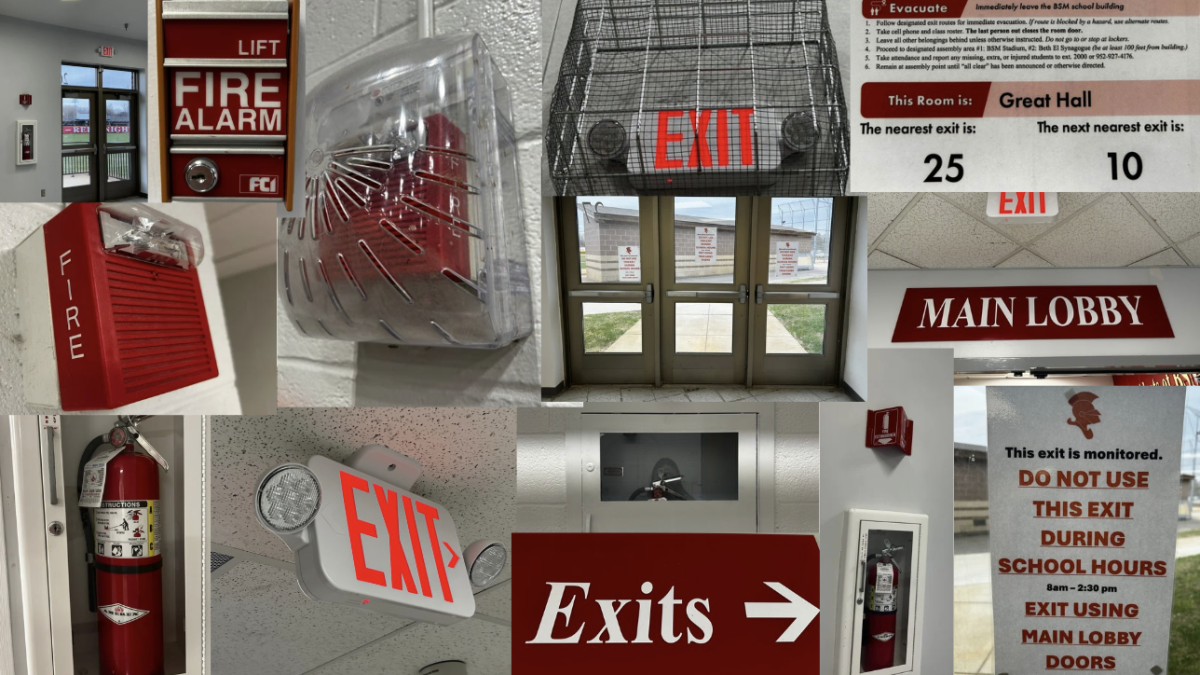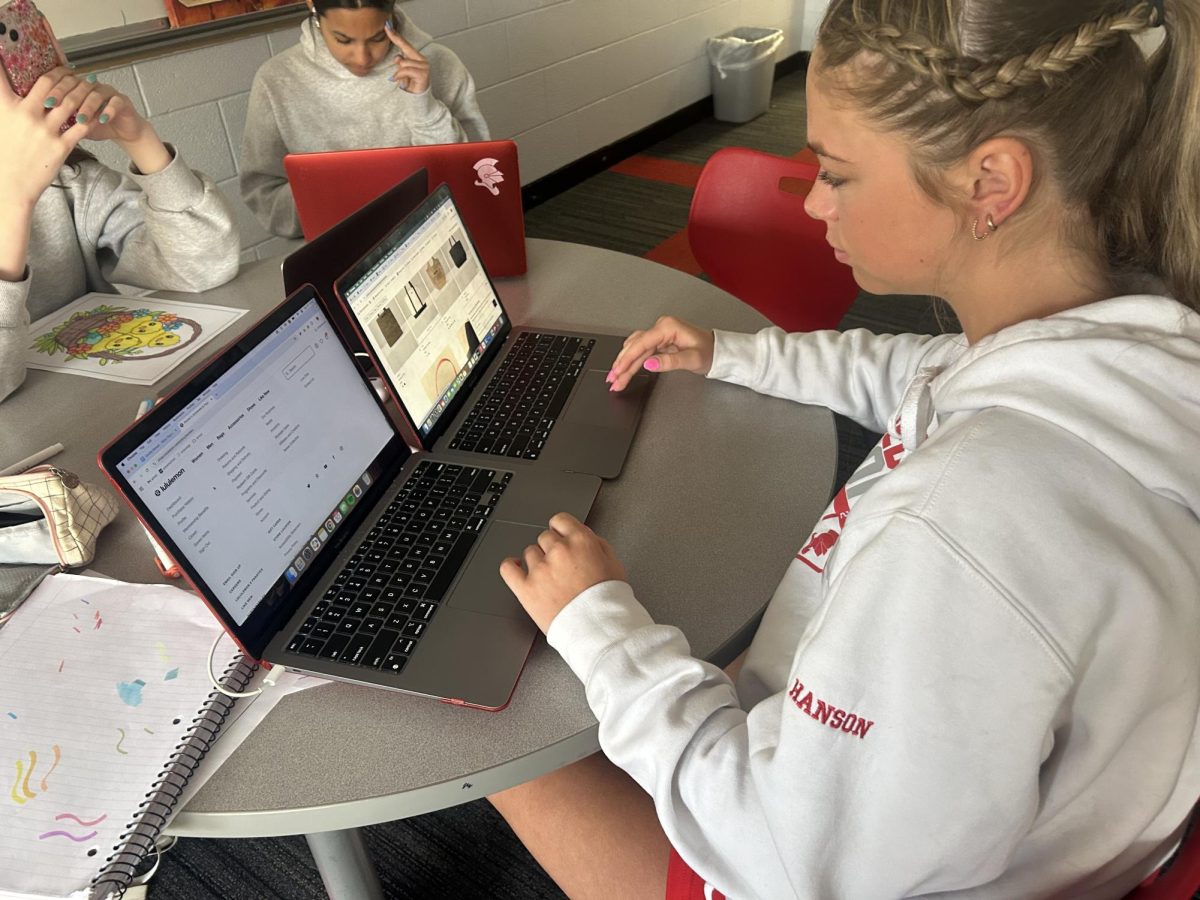Trends in the colleges BSM graduates attend
The United States university system remains the world’s premiere secondary education network. American universities consistently make up the majority of global collegiate rankings, but across the country and at Benilde-St. Margaret’s, the way students are choosing colleges is constantly evolving.
At BSM, the college choice more commonly lies in the question of where rather than if. As is typical of a college preparatory school, BSM strives to build a direct link between high school and collegiate lifestyle. The class of 2016 was no exception to the college preparatory cycle by sending 208 students directly to 4-year institutions and another 8 students directly to 2-year institutions—a combined 214 students which made up 97% of the graduating class as a whole. The remaining 3% attended junior hockey programs or took a gap year.
Changes in the way students are taking the ACT are not the only difference occurring among Red Knights: where, geographically, BSM students chose to attend also continues to change. Every few years, trends develop in where students choose to relocate, whether that be a few miles from home or across the country entirely. No matter the direction of one’s perspective school, the trends fluctuate from year to year.
The University of Wisconsin is a perfect example of how trends can fluctuate over the years. The number of applicants to Wisconsin between 2014 and 2015 was relatively the same, but the number who actually attended has dropped from 16 to two students since. Another noticeable trend in the last decade has been the increase in the number of colleges BSM students are applying to. “Kids are applying to more schools. It used to be where they would be applying to 2-4 and now typically it’s 5-6, with the highest number reaching 15,” Larson said.
Geographically, though, the college decision isn’t always synonymous with a big move. Although the University of Minnesota was the largest recipient of BSM’s 2016 graduates, the University of St. Thomas has seen the greatest influx of Red Knights in the late 2000s and early 2010s. It is consistently in the top three schools Red Knights attend, with 15 to 20 attendees annually, but in past year there has been a solid decline, and its number of attendees hovers around 10.
The number of students staying in Minnesota has also evolved over the last decade. From 2007 to 2009, an average of just over 79 students stayed in state for college. From 2014 to 2016, this number decreased by 22 percent. However, there is no definite answer to why fewer kids are staying in-state.
Though there’s a clear emphasis on collegiate preparation and lifestyle, the work put into both school and standardized testing begins long before any postsecondary decisions are made. As is common among BSM’s prospective college students and those across the midwest, the ACT is a mandatory testing requirement in the state of Minnesota and, on average, is taken by 100,000 more students than those taking the SAT. In fact, for BSM students in the class of 2016, only 11% took the SAT while 97% took the ACT.
The way students prepare for such a vital test as the ACT has changed over the years to maximize their chance to attain a desirable score for top level colleges. “At first, kids took the test one or two times, and now many are taking it two or three times with a good number going three, four and even five times,” said College Counselor Amy Larson. In the class of 2016, most students (42%) chose to take the test twice, 39% taking it three times, 12% taking it four or more times, and only 8% took the test once.
There can be benefits of taking the ACT multiple times, especially for those students with the resources available for extra preparation. “Also, more people have hired tutors, and super-scoring for ACT has played a role, which has become much more common for colleges to do,” Larson said.
Not only are students taking the ACT more, they are also taking it from a more diverse range of ages and grades. “Students are taking [the ACT] when they are younger. More and more are taking it early on, and college prep is getting harder, so kids are taking it earlier. Also, more people are taking it earlier in Junior year,” said Larson.
The way BSM is addressing the college process is also poised to change in the coming years. “Starting in the future, counselors are assigned to students in 9th grade so the process will become smoother. By doing this, we will blend the guiding and counseling,” Larson said.
No matter the fact that the process is constantly shifting, it’s evident through the work of counselors like Mrs. Larson that BSM strives to match the changing trends of the college process to ensure preparedness amongst BSM seniors.




































![Teacher Lore: Mr. Hillman [Podcast]](https://bsmknighterrant.org/wp-content/uploads/2025/03/teacherlorelogo-1200x685.png)




